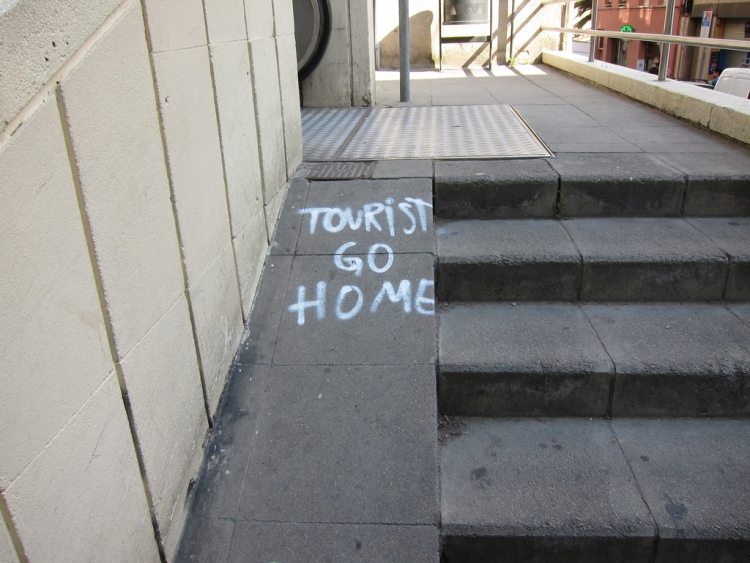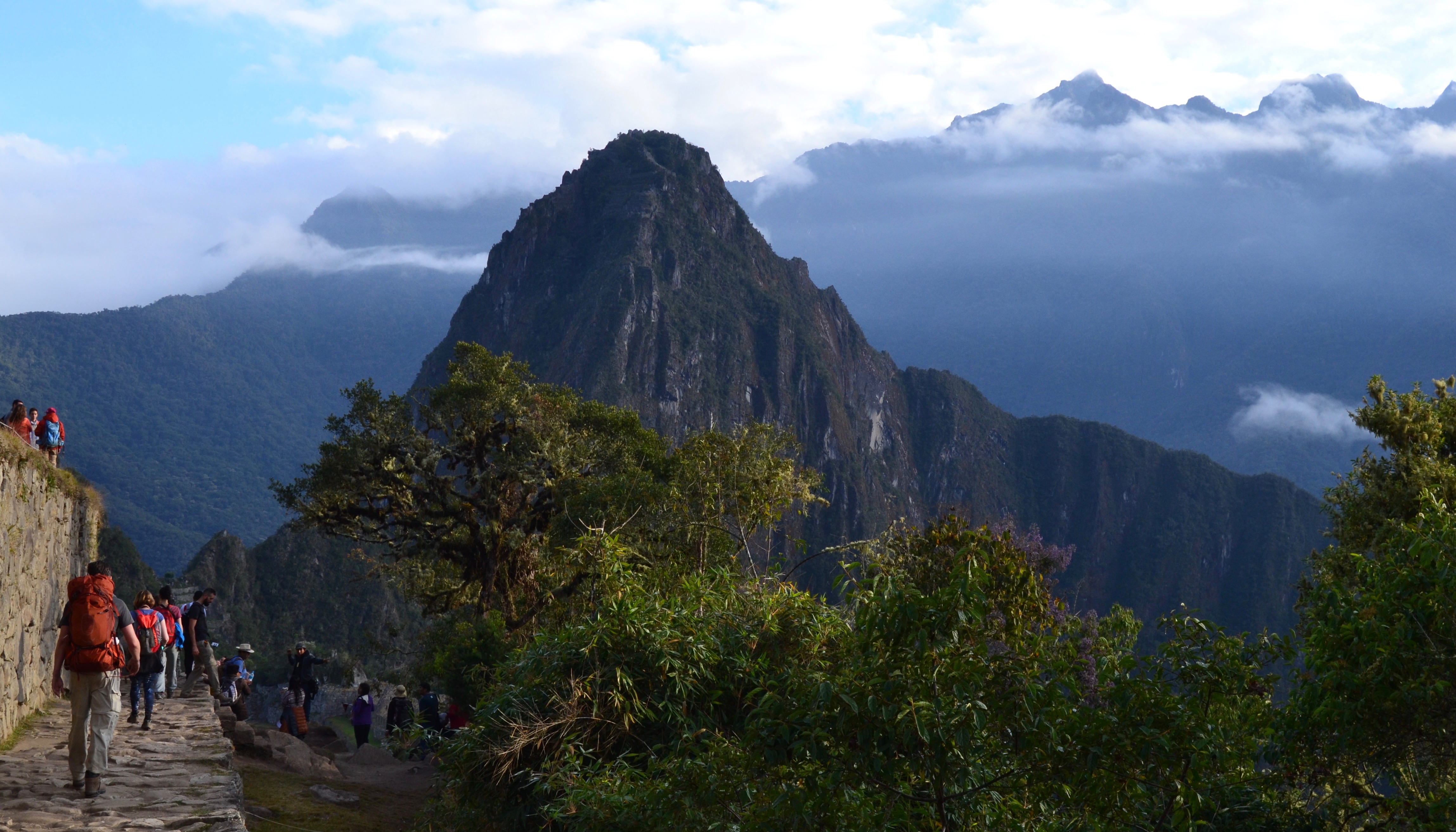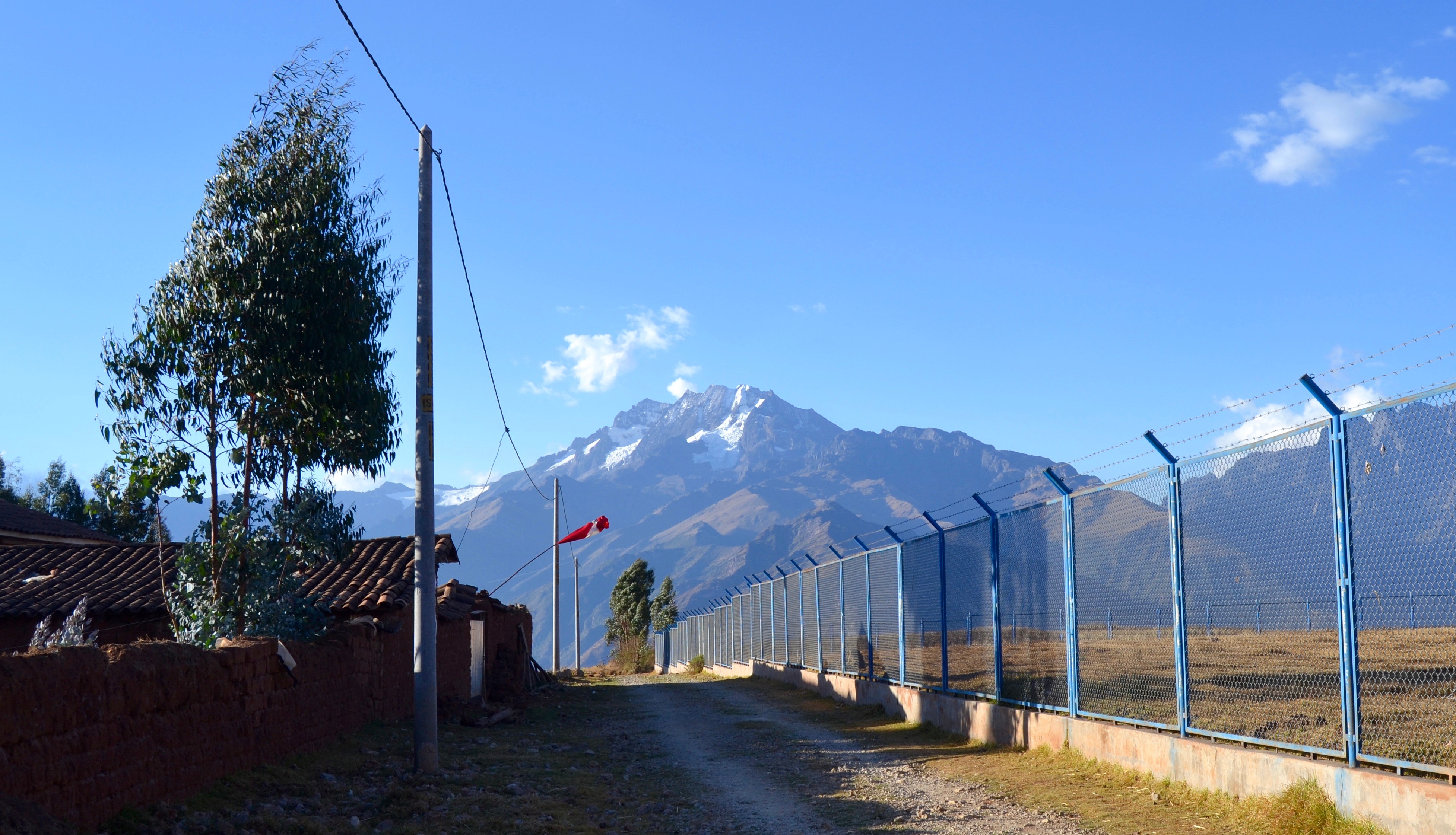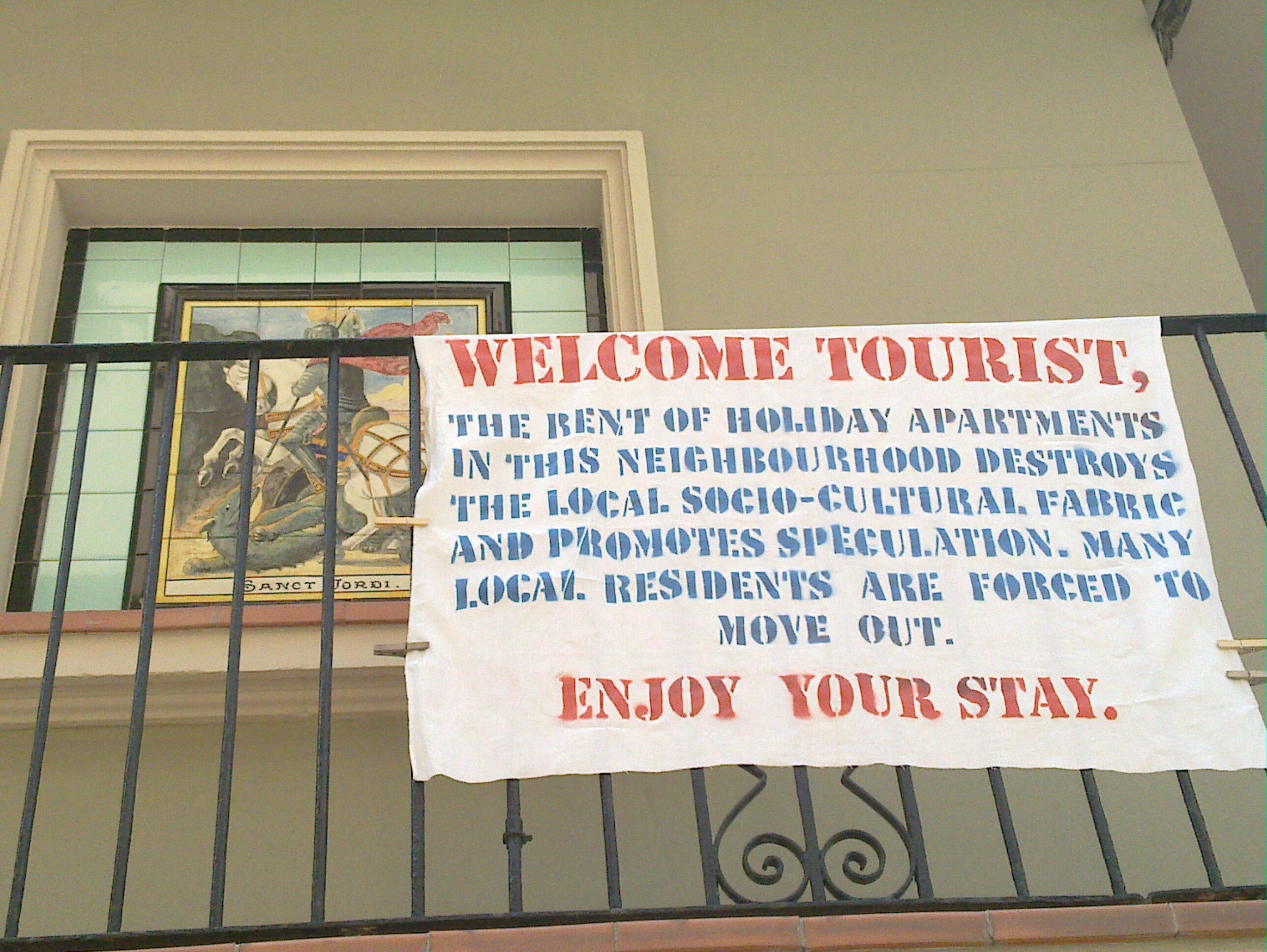Reflections on Responsible Tourism

Ever since I first saw Machu Picchu laid out in a National Geographic spread, I dreamed of marveling at the massive stone structures and lounging beneath the blue sky. Last summer, after years of waiting, ten hours of flying, and four days of trekking, my hopes were finally realized and, sweaty and tired, I stumbled off of the Inca Trail and into one of the most beautiful scenes—just like the pictures—that I've been fortunate enough to witness.
Arriving at Machu Picchu. Image credit: Alison ThomasThe thing is, countless others share this dream. Almost 1 million tourists visit the iconic archaeological site each year, arriving by trail or, more commonly, by train. While tourism provides many benefits, providing job opportunities and stimulating the local economy, it also poses a variety of social and ecological threats, such as overcrowding, deforestation, and—some worry—the erosion of traditional values. A hodgepodge of restrictions, limiting the number of visitors, the kind of water bottles that can be used, and even the presence of selfie sticks, have been put into place to try to preserve Machu Picchu, but problems still abound.
Peruvian President Pedro Pablo Kuczynski aims to increase tourism from 3.5 million to 7 million by 2021, which has included new legislation as well as the promotion of new projects—some at great expense. Despite the outcry from locals and activist groups, the Peruvian government is currently working on an international airport in Chinchero, a small village in the Sacred Valley that lies between the city of Cusco and Machu Picchu. While this project may make travel to Machu Picchu more accessible, it will, however, also harm the family farms, weaving cooperatives, and miles of untouched natural beauty that characterize the Sacred Valley—perhaps beyond repair.
Chinchero. Image credit: Alison ThomasBut this problem isn't just limited to the developing world. From Barcelona to Rome, anti-tourism marches have been spreading across Europe's most popular tourist destinations. In June, over 2,000 Venetians gathered to protest the inflation and water pollution that tourism has yielded. Across Europe, speculation (purchasing an asset in hopes that it will eventually become more valuable than it currently is) has caused price bubbles where prices in the market are pushed far beyond what they reasonably should be.
It is a great irony that we as travelers in search of witnessing and participating in other societies, end up contributing to their destruction. But that doesn't mean we should stop traveling.
The outcry against speculation tourism in Barceloneta. Image credit: Flickr/Toni Hermoso Pulido"The World Tourism Organisation argues that, with care and proper policies, the cultural and environmental heritage of an area can be protected," writes UNESCO, "One requirement is that tourists themselves act in ways which will sustain rather than damage host cultures and environments and follow an appropriate code of ethics."
In places that see millions of visitors each year, something as small as switching out your plastic water bottle for a reusable one can make all the difference. Before you travel, make sure you do your research. Choose tour operators, transportation, and accommodations responsibly, paying mind to the ecological and economic impacts of your choices. Respect local customs. Participate in the local culture, but don't expect it to fit perfectly the idyllic vision you have in your head. And, above all else, be conscious of your presence.










